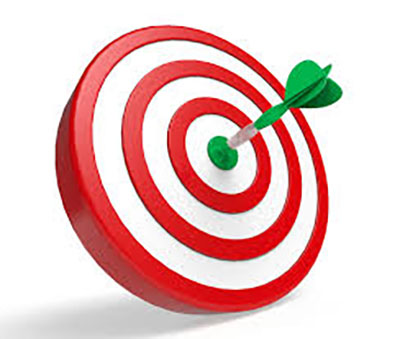
Making Your Magic Optimal
By Larry Hass, the Dean
Over the past year, I have been exploring an idea that I’m now ready to share. Here it is: I believe that every piece of magic has its optimal venue.
Â
What I mean by this is that every routine we do has one best performing context—the setting that’s optimal for my success at astonishing people when I perform it there. Some of the factors involved in assessing “best†are such things as audience size, audience position, visibility, angles, plays up or down, needing to stand or sit, and size of the props, among other things.

To help you consider this, let’s look at one example: Brother John Hamman’s “Final Twist†(The Secrets of Brother John Hamman, pages 41-44). This is Brother John’s popular Twisting the Aces type routine wherein the blue-backed Ace, Two, Three, and Four of Spades magically turn upside down one at a time, then are shown as the Ace, Two, Three, and Four of Hearts, only to be revealed as all having red backs!

“Final Twist†creates a strong visual and magical experience, but if we examine this carefully, it seems pretty clear that it’s best performing venue—its optimal one—is walk-around. That’s because with walk-around I can naturally and quickly put those gaffed cards away as I move on to the next routine or the next group.
This is not to say I can’t perform “Final Twistâ€â€”or other gaffed card tricks—while sitting after dinner at a table, but in my view that’s less optimal— “sub-optimal†we would correctly say. Because after I put those gaffed cards away, the people around me have every opportunity in the world to ask me to look at those cards. While I could, of course, switch in ungaffed cards, that doesn’t make “Final Twist†better while seated at a table, or even equally as good. In fact, it’s less good, because now I have to manage more traffic in my pockets, and we are starting to play the dreary game of “bust the magician.â€
No, if I am being really honest with myself, my gaffed card packet effects are better in a walk-around setting. Sure, they can be “managed†in a seated setting or a formal close-up show, but those aren’t optimal venues for such routines. And of course there are many more venues where “Final Twist†would be “pessimal†(to use the correct Latin term). That is to say, just plain bad, such as in a platform or stage show, where no one could see the cards.
So again, here’s the big idea: every piece of magic has an optimal venue, a number of sub-optimal ones, and many bad ones.
Now, if you will entertain my Theory of Optimal Venue, I think you might discover an exciting and powerful tool for creating better magic performances and shows – ones with more astonishment, fewer compromises, and less audience suspicion or dissatisfaction. That is, ones that more consistently have stronger impact from beginning to end. Here’s how:
Only ever perform your magic routines in their optimal venue.
Imagine this with me. Imagine you go through every routine in your working repertoire and determine its optimal venue and its sub-optimal ones. Now picture yourself only ever performing your routines in their sweetest spot: the situation and context where you have the best chance for success, for allaying their suspicions, for not exposing moves or gaffs, for the most people to actually see the props and the payoff. Wouldn’t actually doing these two things make every single performance better?
But I understand: you might want to quibble that there’s more than one optimal venue for a given piece. No problem—the basic point and exercise doesn’t change. Although, please beware of self-deception or laziness in this regard; with my own repertoire, one venue always rose to the top.
I also understand that sometimes we find ourselves forced to perform something in a sub-optimal venue. That’s not a crime, and sometimes “we gotta.†Like you, I have been there, done that. But that didn’t make the show optimal. On the contrary, by definition, the show had sub-optimal elements in it—which means it wasn’t the very best show we might have done.

For my part, this idea inspires and empowers me. For now I have a new, razor-sharp tool for assessing my repertoire and building better magic shows: to only ever perform my pieces in their optimal venue rather than shoe-horning them in, where they will be less than optimal. This tool also has the power to clarify which of your working venues are laden with sub-optimal routines, and this can liberate and inspire you to find and create better ones!
If you join me in this, aren’t we then engaged in making our magic performances optimal? Who wouldn’t want that for their magic?
Note: Larry has a new bi-monthly newsletter that aims to inspire your magic. Please sign up at www.TheoryandArtofMagic.com.